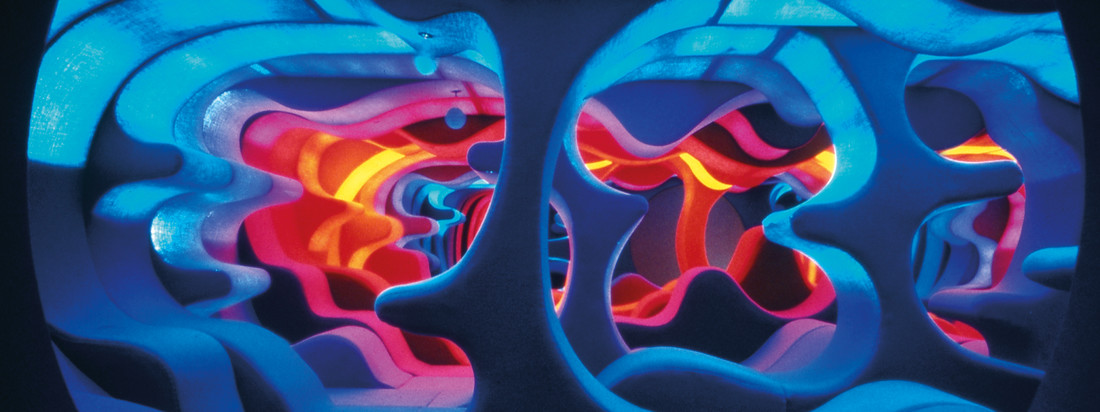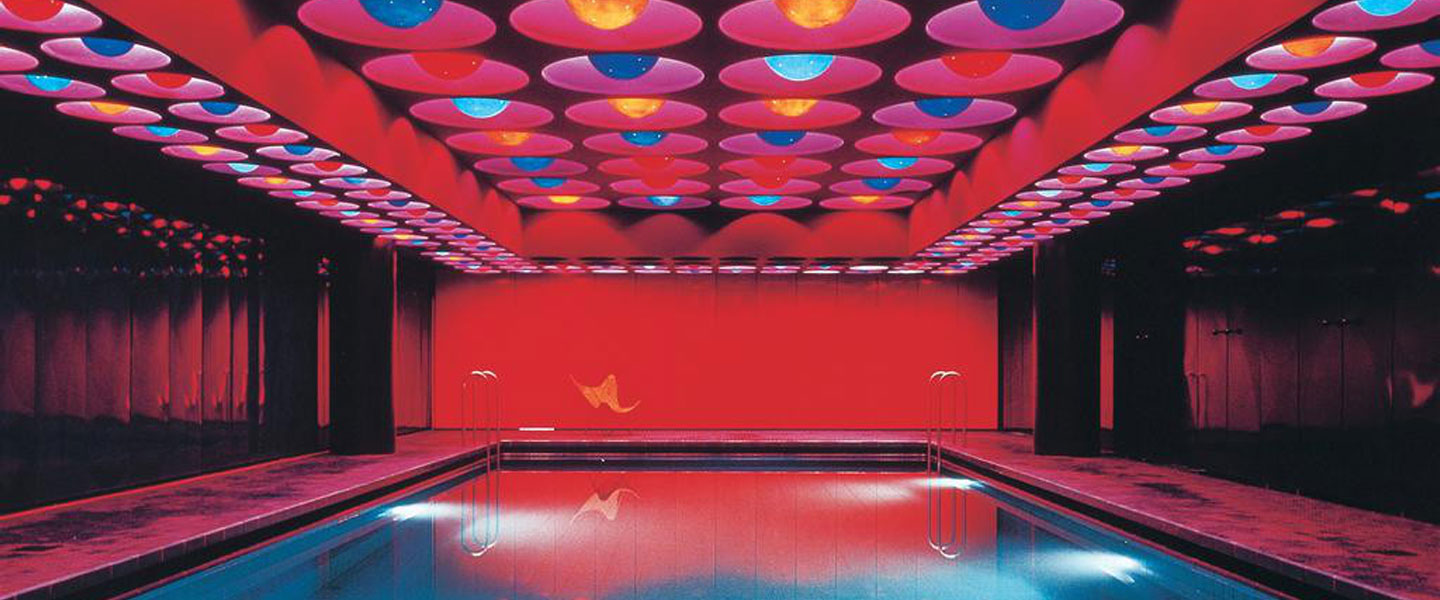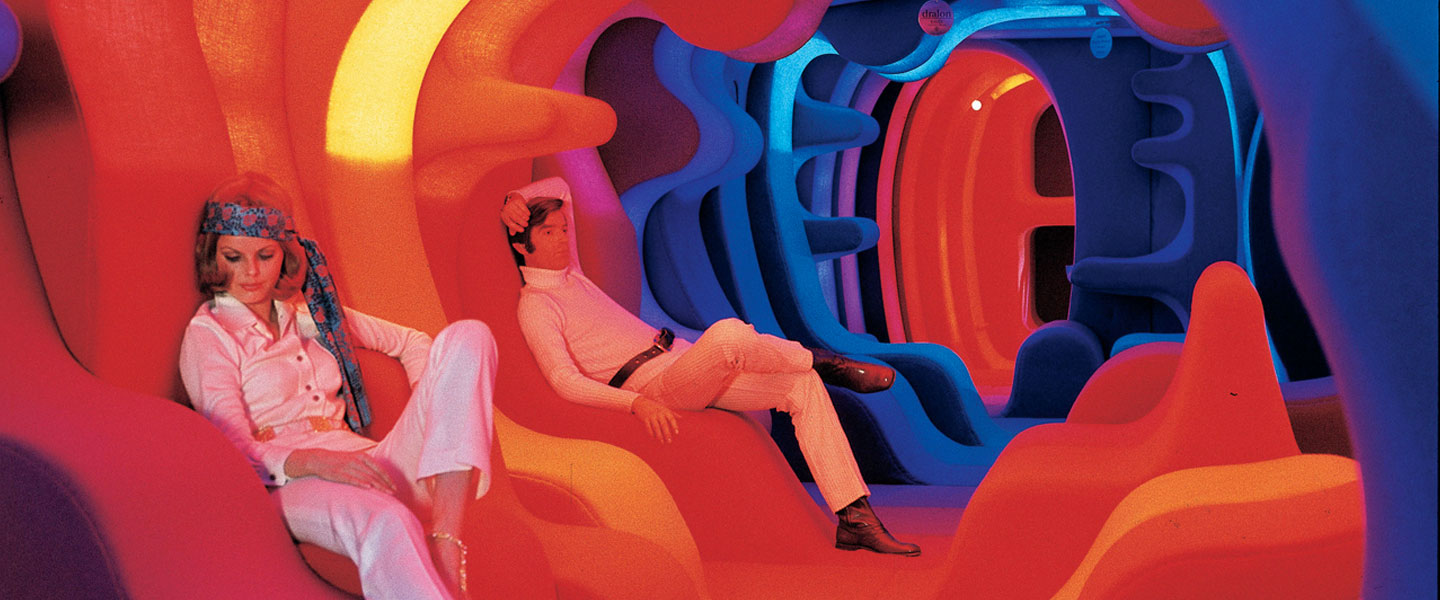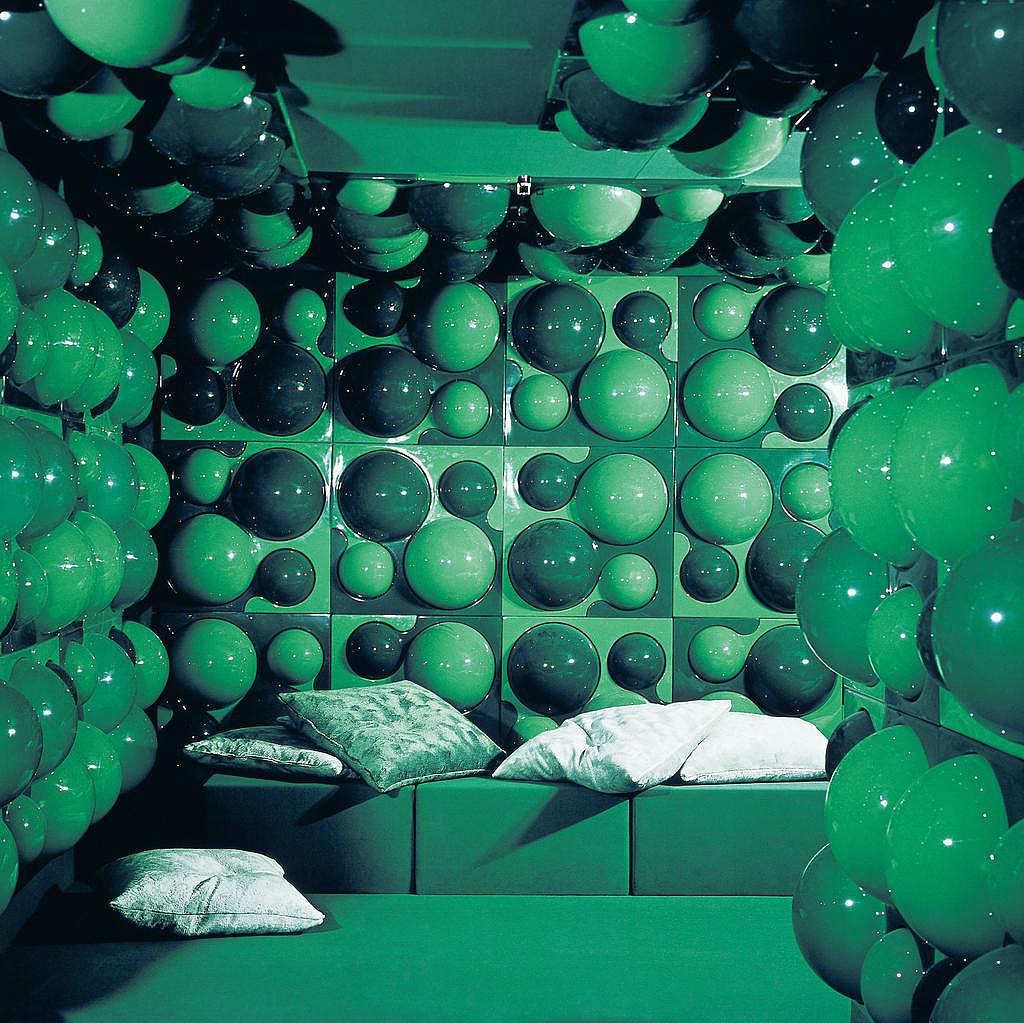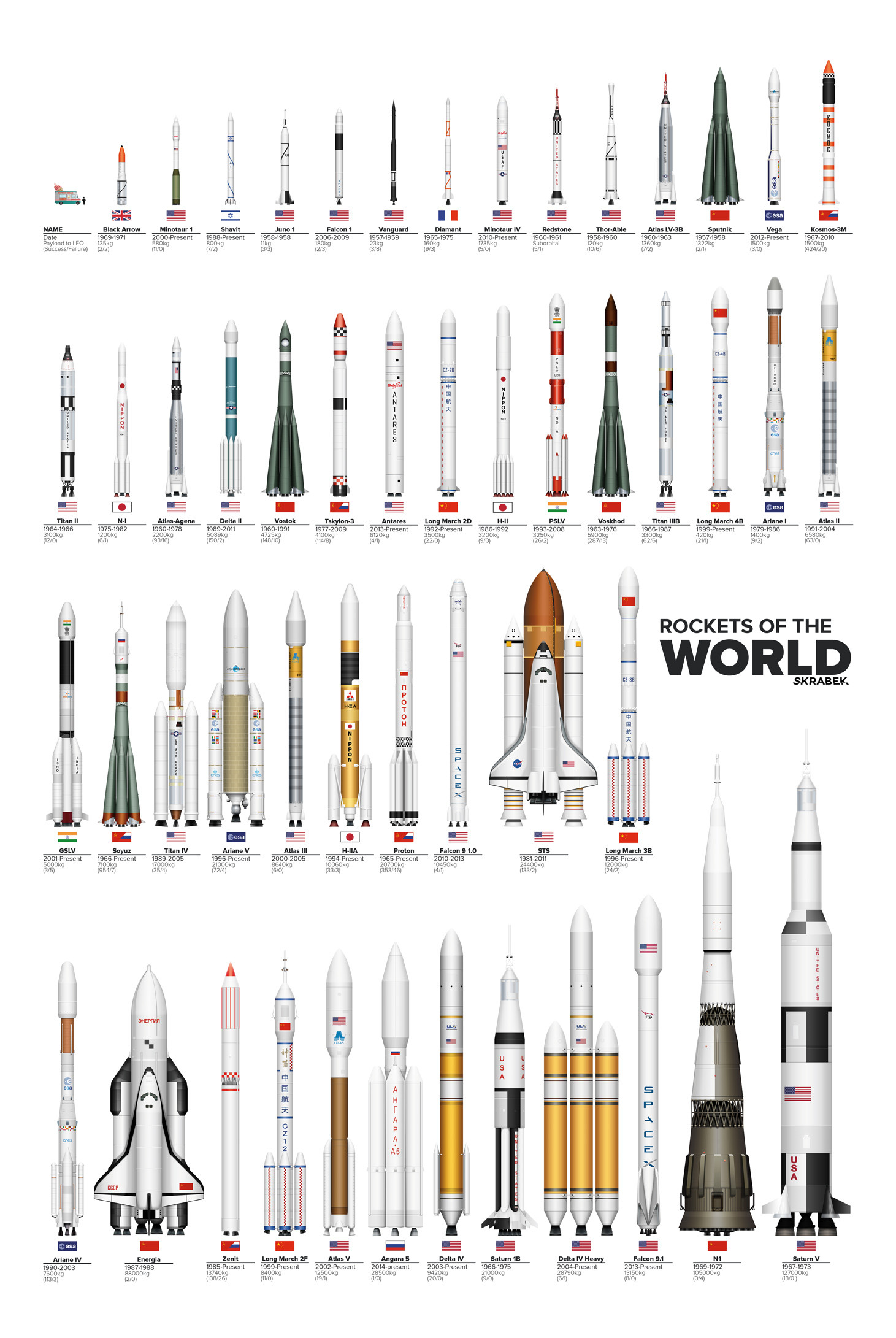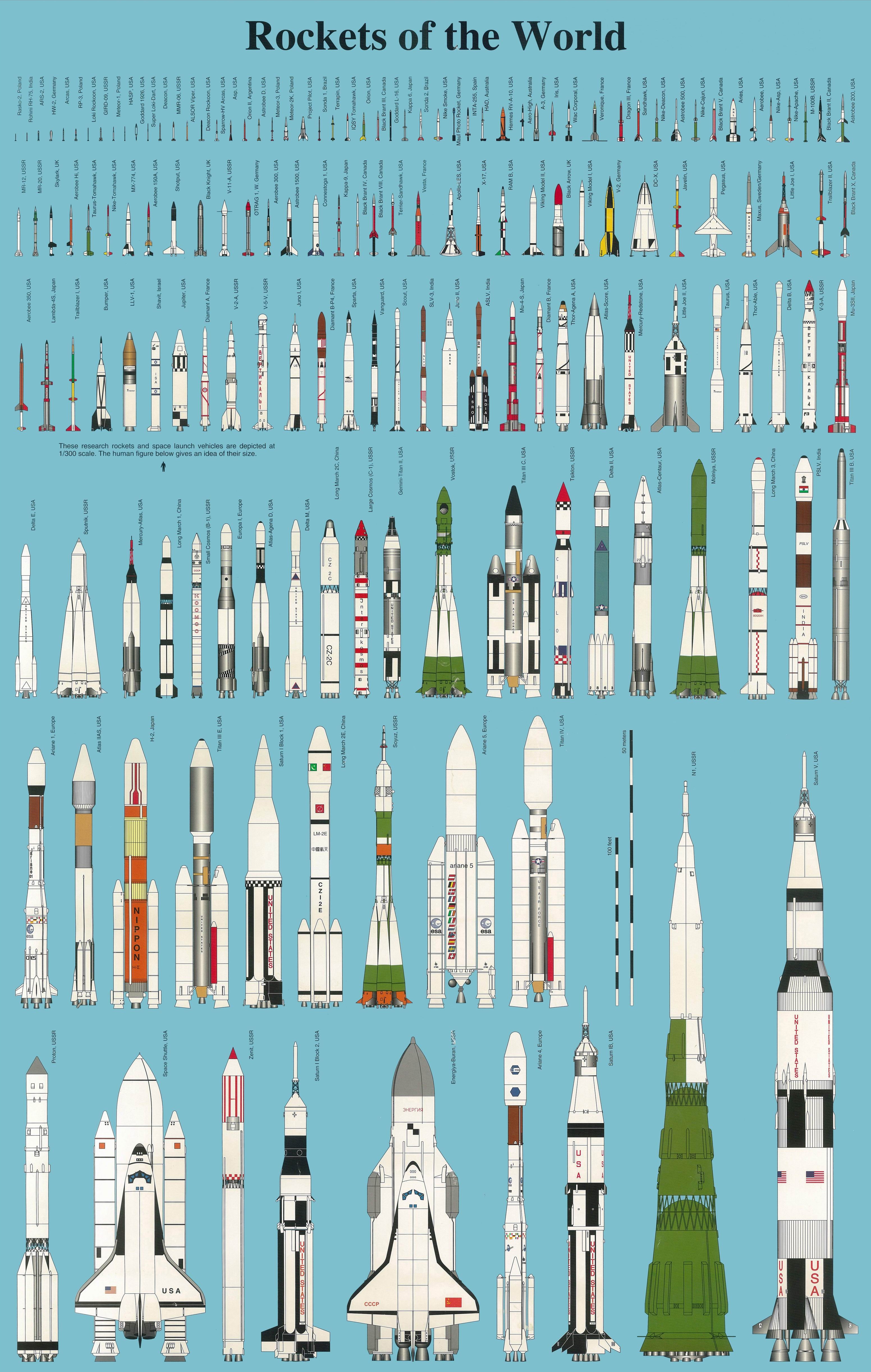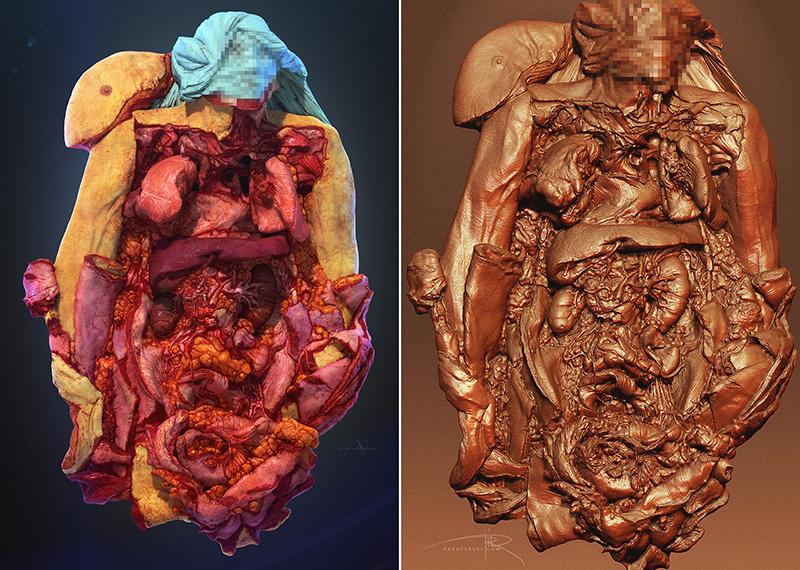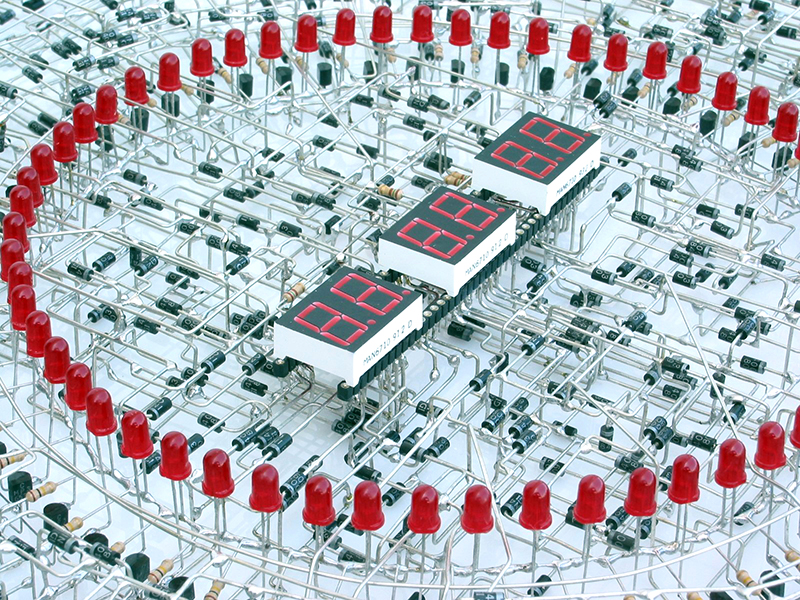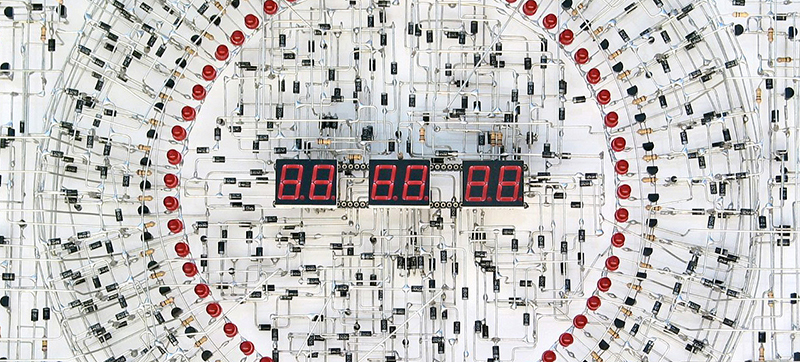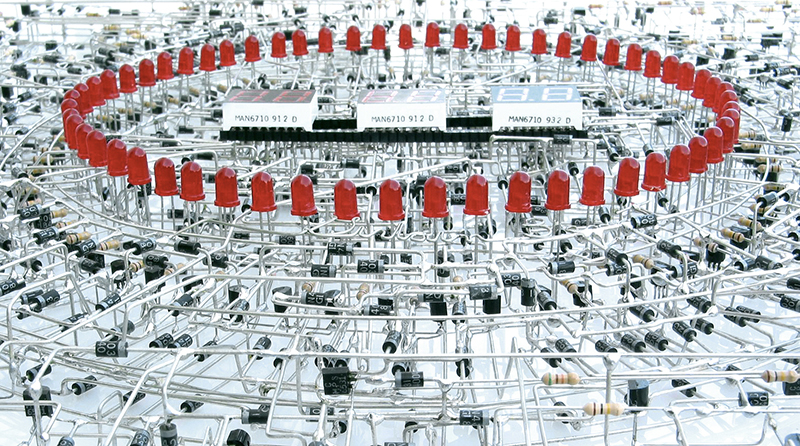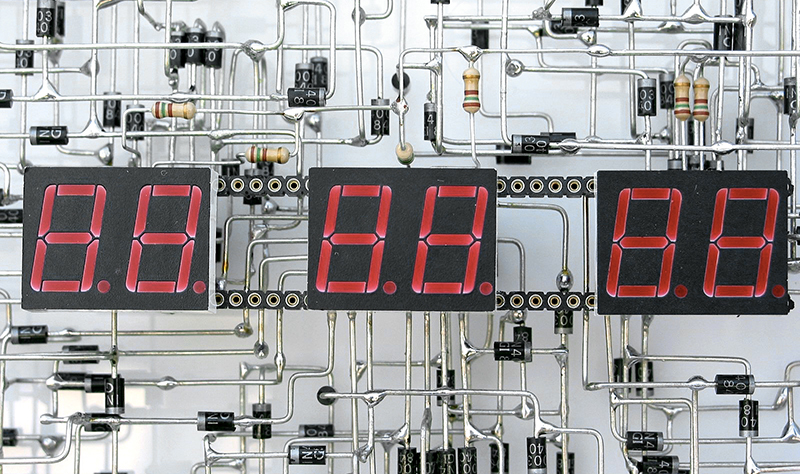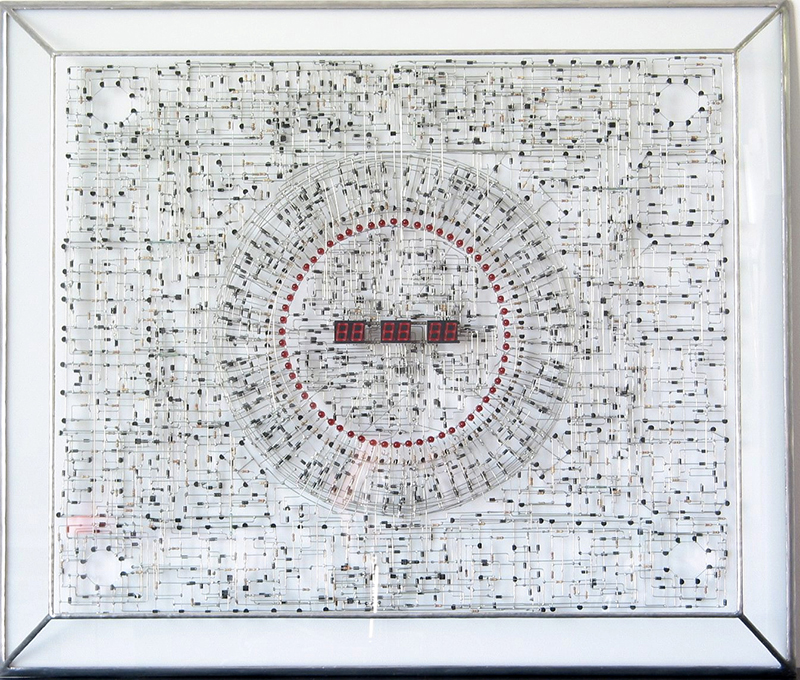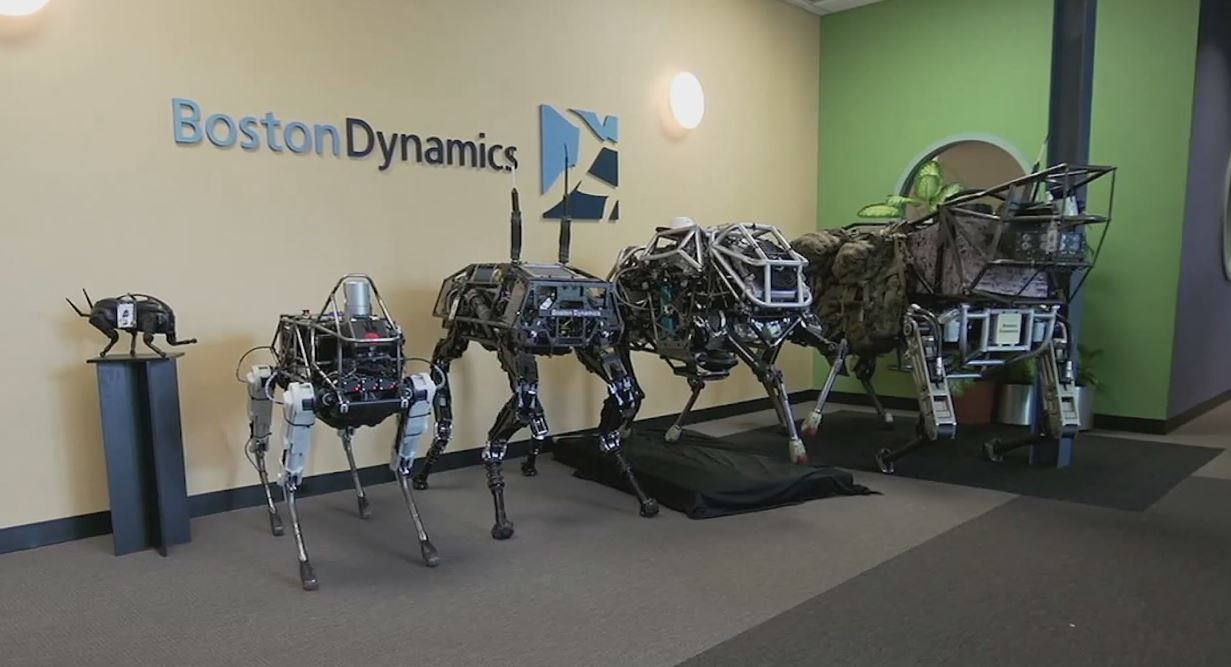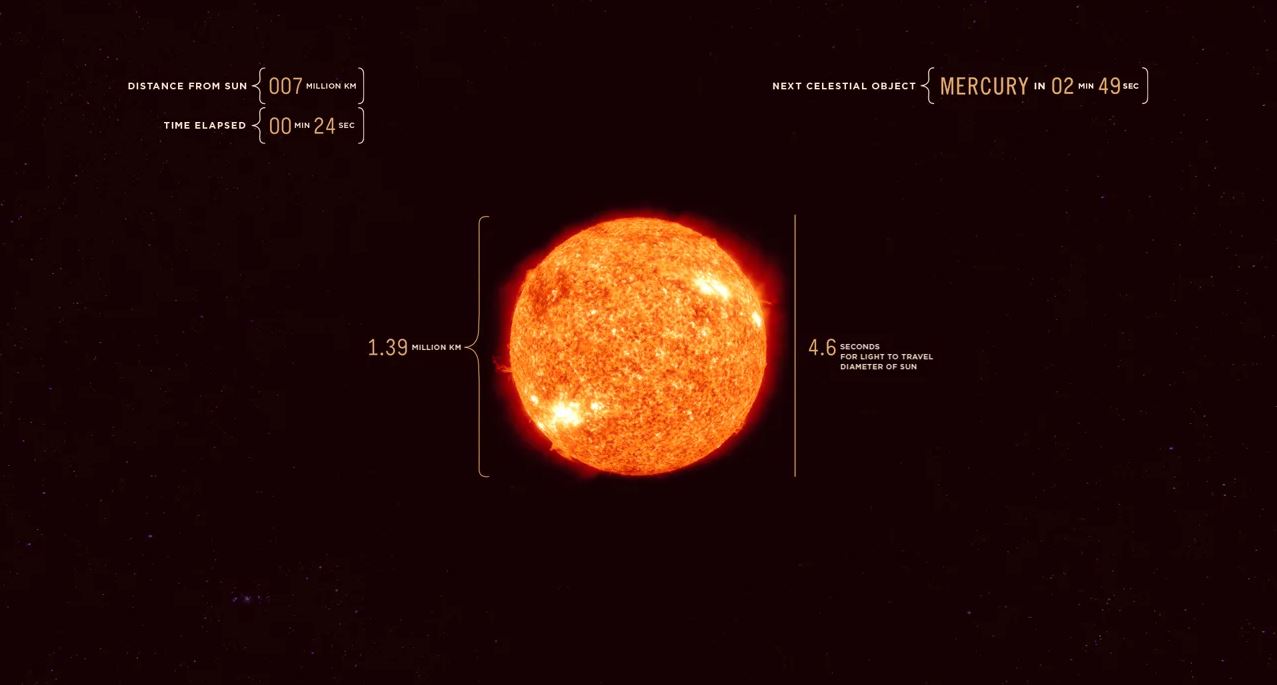The Danish designer, Verner Panton (1926–1998), brought the future to 1960’s and 1970’s interior design. His signature work, Visiona 2, was a fantasy landscape constructed for the 1970 Furniture Fair in Cologne, Germany. The undulating organic forms, made from bright glossy materials, captured the imagination of a free-thinking society. Houses didn’t need separate rooms with individual furniture anymore. Instead, you could lounge on almost any surface.
A word from the Vitra Design Museum:
“Visiona 2 was entirely focused on the question of living in the world of tomorrow. It broke the traditional understanding of space with its clear ascription of functions, instead creating surroundings that were dedicated to well being, communication, and relaxation. For this, Panton designed numerous design objects, including furniture, textiles, lighting, wall and ceiling coverings that formed in highly imaginative arrangements a series of very different spaces. As an integrative component, he developed both a lighting concept and atmospheric sounds for the individual spaces, like the song of a nightingale, the cry of an owl, bee humming, cat howls, or waves.”
Wild…
You can find more images and information here.
And if you’d like to buy a book of his work you can find it here:
-RSB

